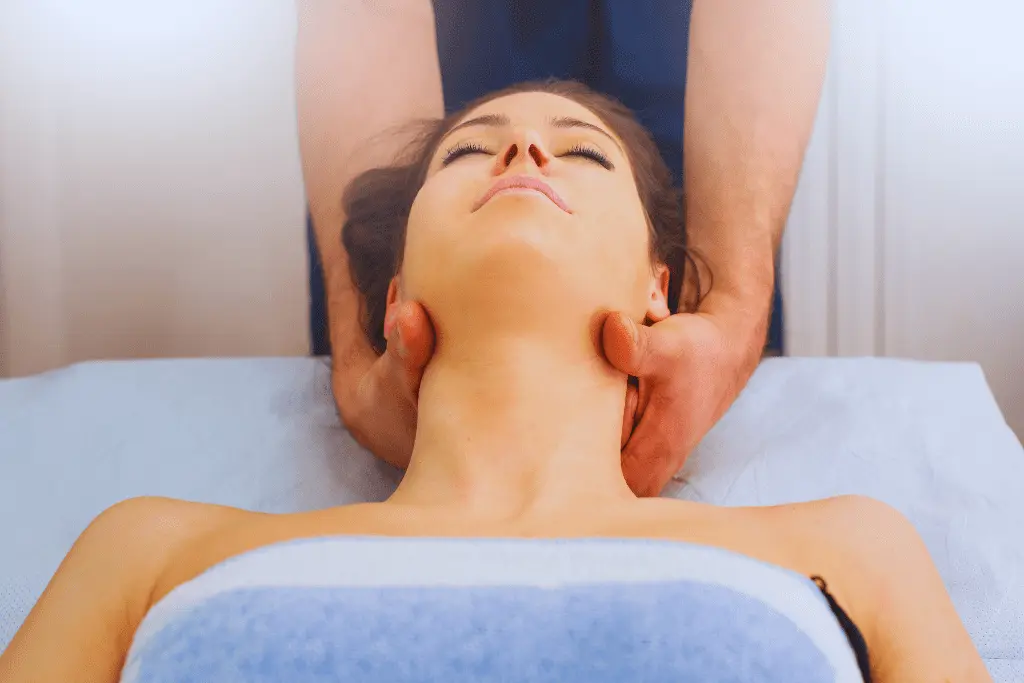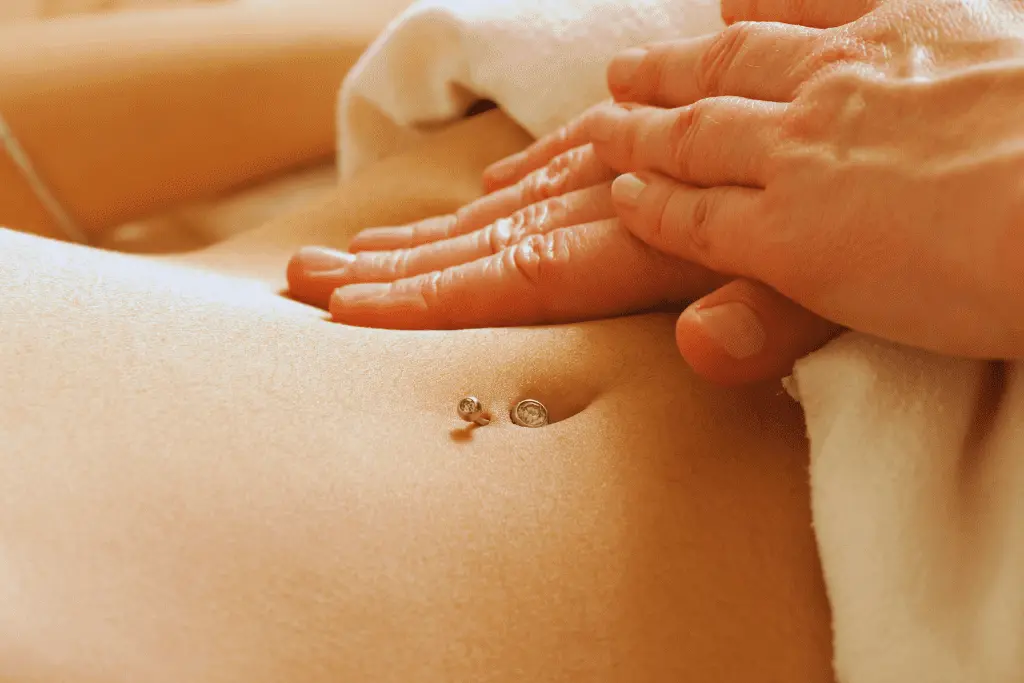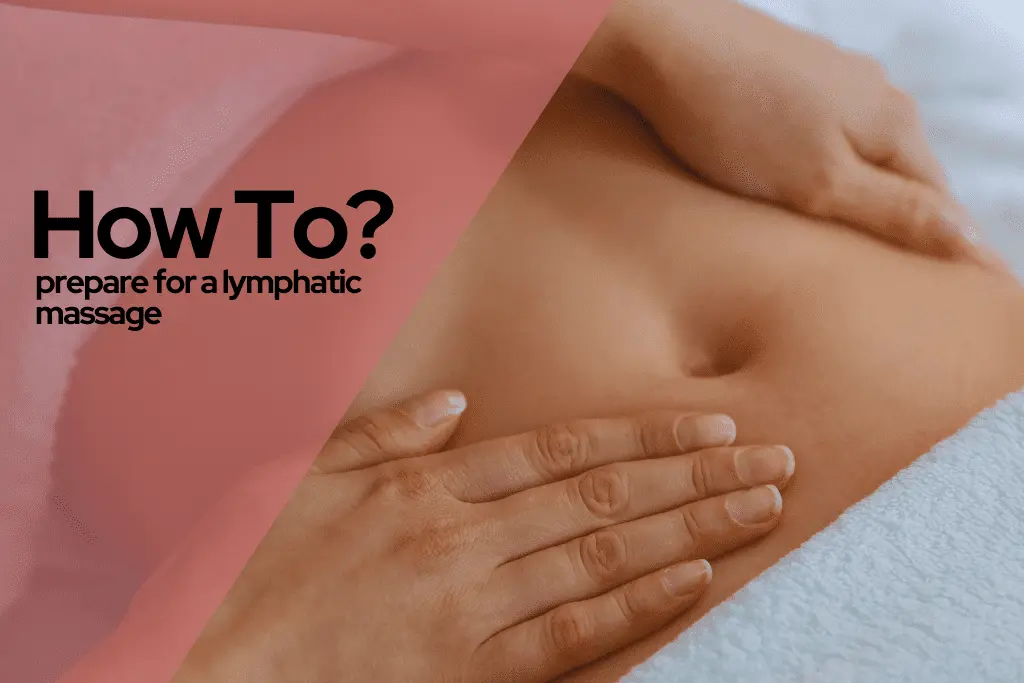Lymphatic drainage massage is a soothing and therapeutic approach that focuses on your body’s lymphatic system, which is key to managing fluid levels and filtering out unwanted toxins. This type of massage is gentle and nurturing, yet powerful enough to boost your immune system and promote a sense of well-being.
If you’re curious about this technique or seeking ways to enhance your body’s natural detoxification, understanding lymphatic drainage massage can open the door to numerous health benefits.
In this guide, we’ll dive into the various techniques used in lymphatic drainage, each designed to address different health needs and wellness goals.
You’ll discover the wide array of benefits this massage offers, from reducing swelling and improving circulation to aiding in recovery from illness and surgery. It’s crucial to determine if a lymphatic drainage massage is right for you and learn how to prepare for a session to fully enjoy its advantages.
We’ll also take you through what to expect during a lymphatic drainage session, how you might feel afterward, and the important signs that tell you when this type of massage might not be suitable.
Understanding Lymphatic Drainage Massage
Our bodies are constantly working behind the scenes to maintain a healthy balance. One crucial system that often goes unnoticed is the lymphatic system. Often referred to as the body’s “silent highway,” this network of vessels and nodes plays a vital role in:
- Detoxification: It filters out waste products, cellular debris, and toxins.
- Immunity: It helps transport immune cells to fight off infection.
- Fluid Balance: It regulates the amount of fluid between cells, preventing swelling.
Sometimes, due to various factors, the lymphatic system can become sluggish. This can lead to a buildup of lymph fluid, causing puffiness, fatigue, and even a weakened immune system.
Here’s where lymphatic drainage massage comes in. It’s a gentle, specialized massage technique designed to stimulate the lymphatic system and encourage the flow of lymph fluid.
By using light pressure and specific strokes, a trained therapist can help:
- Reduce swelling: By promoting drainage of excess fluid.
- Boost immunity: By moving lymph fluid, which carries immune cells throughout the body.
- Promote relaxation: The gentle nature of the massage can be calming and stress-reducing.
- Improve overall well-being: By supporting the body’s natural detoxification process.
In the next section, we’ll explore the different techniques used in lymphatic drainage massage.

Different Techniques of Lymphatic Drainage
While the overall goal of lymphatic drainage massage is to stimulate lymph flow, there are various techniques used by trained practitioners. Each method offers a slightly different approach:
- Effleurage: This involves light, rhythmic strokes in the direction of lymph flow to help push fluid through the lymph vessels. Long, gentle strokes are used on the extremities working toward the body’s core.
- Petrissage: Also called kneading, this technique involves lifting and rolling the tissue under the hand to help propel the movement of lymph fluid.
- Vibration: The therapist uses a shaking or vibrating motion with their hands to create a pumping action that can help break up blockages and stimulate lymph flow.
- Scooping: Using the hands in a scooping or cupping shape, the therapist lifts areas of tissue applying light pumping motions to draw lymph toward drainage areas.
- Stationary Circles: Small, gentle circular motions are used over lymph nodes and vessels to provide targeted stimulation in those areas without creating excessive friction.
- Lymph Node Pressure: Very light pressure is applied to lymph nodes to help push fluid through the nodes and vessels in the proper direction.
The key principles are using extremely light pressure, rhythmic motions, and directing the strokes toward lymph drainage areas in the body’s core. Proper body positioning and breathing techniques may also be incorporated.
The Advantages of Lymphatic Drainage Massage
Lymphatic drainage massage offers a range of potential benefits for both your physical and mental well-being. Here’s a closer look at some of the key advantages:
Reduced Swelling
This is perhaps the most well-known benefit. By promoting the movement of lymph fluid, lymphatic drainage massage can effectively reduce puffiness and edema (fluid build-up) in various areas of the body, including the face, legs, and arms.
Improved Circulation
The gentle massage techniques can stimulate blood circulation, bringing fresh oxygen and nutrients to tissues while promoting the removal of waste products. This can lead to improved skin health and a more radiant complexion.
Pain Relief
Lymphatic drainage massage can be helpful in managing pain caused by muscle tension, inflammation, or certain medical conditions. By reducing swelling and improving circulation, it can ease discomfort and promote a sense of relaxation.
Boosted Immunity
The lymphatic system plays a critical role in the body’s immune response. By encouraging the flow of lymph fluid, lymphatic drainage massage can help transport immune cells throughout the body, potentially aiding in fighting off infection and illness.
Stress Reduction
The calming and gentle nature of the massage can promote relaxation and reduce stress hormones. This can lead to improved sleep quality, a more positive mood, and a sense of overall well-being.
Detoxification Support
The lymphatic system acts as the body’s natural filtration system. Lymphatic drainage massage can help stimulate this process, potentially promoting the elimination of waste products and toxins.
Improved Recovery After Surgery or Injury
By reducing swelling and inflammation, lymphatic drainage massage can aid in post-surgical or post-injury recovery, promoting faster healing and improved mobility.
It’s important to remember that individual experiences may vary. While lymphatic drainage massage offers a range of potential benefits, consulting with a healthcare professional before starting any new treatment is crucial, especially if you have any underlying health conditions.
Do I Need a Lymphatic Drainage Massage?
We all know that sluggish feeling – like you’re wading through molasses instead of cruising through your day. Fatigue, puffiness, and maybe even achy muscles can all be signs that your body’s natural drainage system, the lymphatic system, needs a little TLC.
Think of your lymphatic system as the body’s silent highway, constantly working behind the scenes to flush out toxins, fight off infection, and maintain fluid balance. But sometimes, this highway can get congested, leading to those yucky symptoms.
Enter lymphatic drainage massage, your potential ticket to a smoother-running body and a brighter outlook. This gentle massage technique uses light pressure and specific strokes to stimulate the lymphatic system and get that traffic flowing again.
But before you jump on the massage table, let’s get you prepped for a successful and relaxing experience. In the next section, we’ll unveil some simple tips to get the most out of your lymphatic drainage massage appointment.
Getting Ready for a Lymphatic Drainage Massage
The lymphatic massage technique is like giving your body’s drainage system a jumpstart. It uses gentle pressure and specific strokes to help clear out toxins and waste products, leaving you feeling lighter and more energized. But before you jump on the massage table, let’s make sure you’re prepared for a truly relaxing and successful experience.
Here are some insider tips to turn your massage into a smooth sailing journey:
Hydration Station
Imagine your lymphatic system as a network of tiny canals. The more water you have in your system, the easier it is for these canals to flush things out. So, in the days leading up to your massage, chug some extra H2O! Don’t forget to bring a water bottle for your appointment too – staying hydrated is key!
Lighten Up Your Pre-Massage Meal
Picture yourself trying to navigate a crowded highway after a Thanksgiving feast. Not exactly ideal, right? The same goes for your message. Opt for a light, healthy snack or a small meal a few hours beforehand. Think fresh fruits and veggies or some whole grains – your body will appreciate it!
Comfy Clothes for the Win
Ditch the tight jeans and pull on your comfiest sweats or pajamas. Loose-fitting clothing allows the therapist easy access to work their magic and trust us, you’ll want to be relaxed during the whole experience.
Skip the Lotions
Lotions and oils can create a slippery situation for the therapist, making it harder for them to perform the massage effectively. So, leave those products at home for this one.
Open Communication is Key
Before your massage, chat with the therapist about any health concerns, injuries, or recent surgeries you’ve had. This transparency helps them tailor the massage to your specific needs and ensures a safe and beneficial experience.
Relax and Breathe Deep
Remember, the whole point of this massage is to unwind and de-stress. Take a few deep breaths before you begin, and don’t hesitate to let the therapist know if there’s anything you need to feel more comfortable.

What Happens During a Lymphatic Drainage Massage Session
During a lymphatic drainage massage, you’ll lie unclothed on a massage table, draped with a sheet or towel. The therapist may use pillows to position your body optimally. After relaxing breathing, the therapist applies oil or cream.
The massage follows lymph pathways, beginning at the neck and moving down toward the body’s core. Extremely light, rhythmic strokes like effleurage, petrissage, and vibration are used. Gentle pressure is applied to lymph nodes.
All areas with lymph nodes and vessels are treated, including the neck, chest, abdomen, back, arms, and legs. Inflamed areas are avoided. The therapist uses motions to propel lymph fluid toward lymph node drainage areas.
A full-body session typically lasts 60-90 minutes. You should give feedback about pressure sensations. The massage aims for very gentle, wave-like movements without excessive force. Proper breathing technique is incorporated.
What to Expect After Lymphatic Drainage Massage
You’ve had your massage, and now it’s time to relax and let your body do its thing! Here’s what might happen in the next few days:
Feeling Great: The massage might leave you feeling lighter and more energetic. Like your body just got a tune-up!
More Bathroom Breaks: Your body might flush out more waste through pee as it gets rid of toxins. This is a good sign!
Drink Up: Keep that water bottle close by. As your body processes the extra fluids, staying hydrated is even more important.
Sleepy Time: Sometimes, you might feel a little tired after the massage. Your body is working hard to clean things up, so listen to it and rest if you need to.
Less Puffy: You might notice less swelling, especially in areas like your face, legs, or arms.
Rare “Detox Flu”: In some cases, people experience flu-like symptoms for a short time. This is because your body is working extra hard to get rid of toxins. Don’t worry, it should go away within a day.
Listen Up: Pay attention to how you feel. If anything feels wrong, talk to your massage therapist or doctor.
When to Avoid Lymphatic Drainage Massage
Lymphatic drainage massage should be avoided in certain situations to prevent potential complications. If you have a history of blood clots or clotting disorders, the massage could dislodge a clot, which is life-threatening. Those with congestive heart failure, kidney disease, or acute infections should also avoid it.
The massage may spread bacteria from an infected area through the lymphatic pathways. It’s typically not recommended near tumor sites for cancer patients unless approved by a doctor. Areas of fresh bruising, cuts, burns, or inflammation should not be massaged to prevent the spreading of inflammation.
Lymphatic massage is generally avoided during pregnancy to prevent complications. Certain medications like blood thinners may also increase risk temporarily. If you have any serious medical conditions, check with your doctor first before getting a lymphatic massage.
Be sure to disclose your full health history to the massage therapist. They can determine if lymphatic drainage massage is appropriate and safe for your situation.
Conclusion
Lymphatic drainage massage is like giving your body’s inner housekeeping staff a well-deserved break. With its gentle strokes and light techniques, it helps clear out those backed-up drainage pipes so all the body’s waste can properly flush away.
Don’t be surprised if you feel a delightful lightness and renewed pep in your step afterwards! That said, this massage isn’t a one-size-fits-all remedy.

